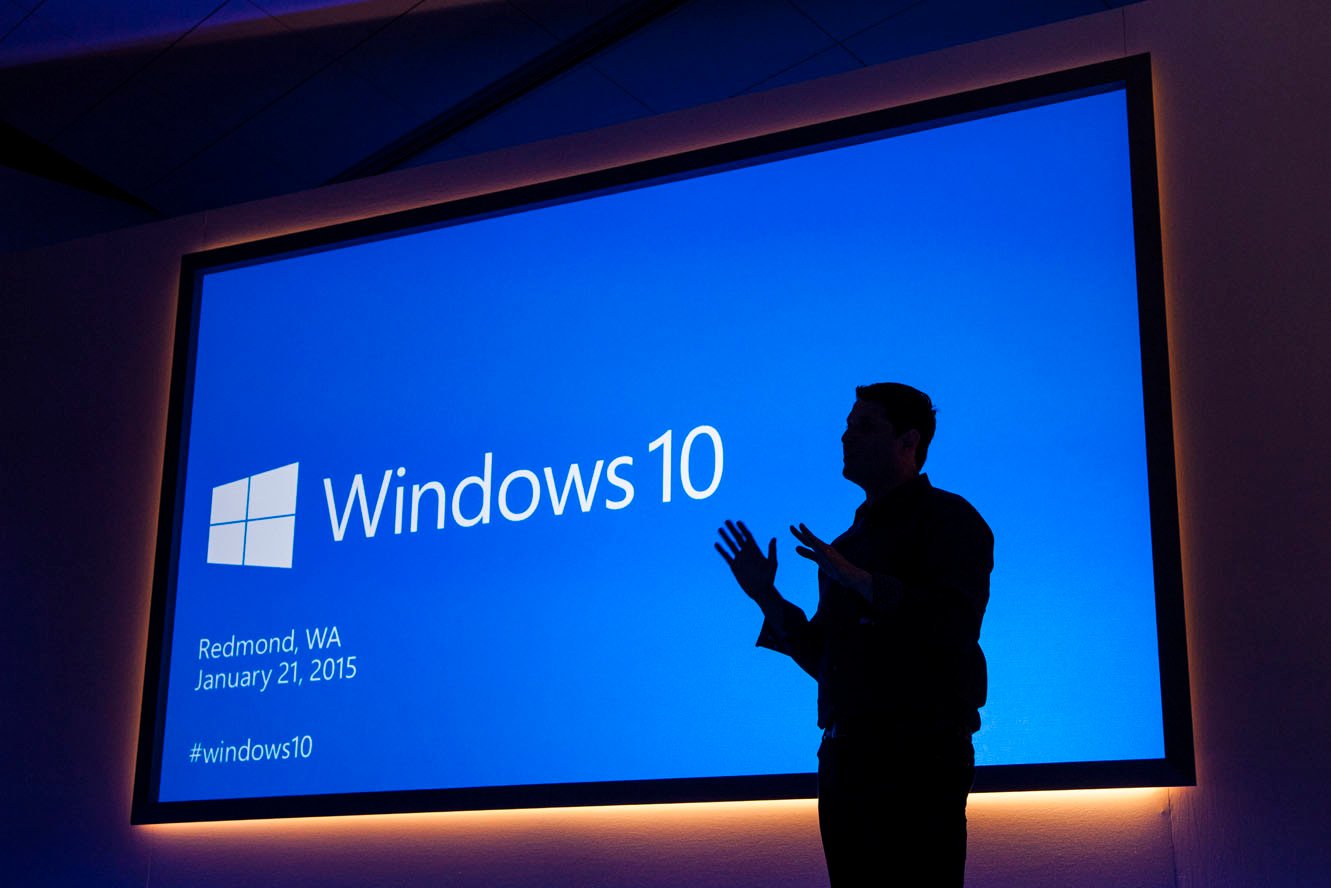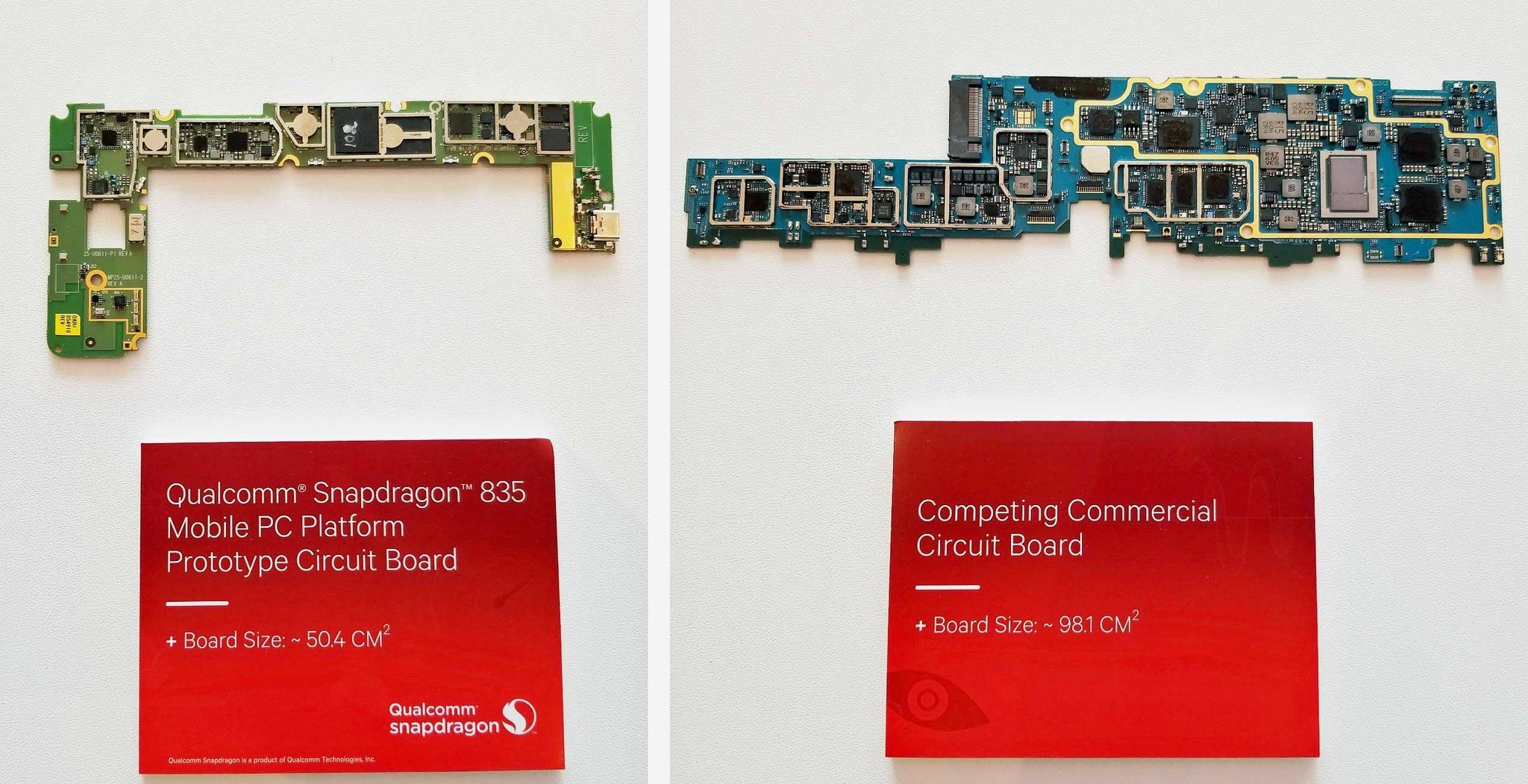Battery life for Windows 10 on ARM devices said to be ridiculously good
Microsoft has been pretty quiet about its upcoming Windows 10 on ARM plans, but its partner, Qualcomm, has revealed some interesting tidbits about these new devices.

Perhaps most promising for the prospects of Windows 10 on ARM devices is that we can probably expect them to have fantastic battery life. According to French blog FrAndroid, Executive Vice President of Qualcomm Technologies Cristiano Amon confirmed at the company's recent 4G/5G Summit in Hong Kong that users can expect to go multiple days between charges.
Specifically, Amon said, Windows 10 on ARM devices can expect up to an absurd 29 hours of streaming Netflix, or around 18 hours with mixed device usage. Standby time should be similarly excellent, with devices able to go multiple days between charges with intermittent use. That's a massive jump over most Intel-based devices if proven accurate, measuring triple-digit growth in some cases. That comes largely down to a combination of lower power-consumption ARM processors and the physical properties of the devices, which will sport smaller motherboards. That will allow for both thinner devices and larger batteries.

Aside from battery life, Amon also revealed a couple of interesting tidbits concerning manufacturers and potential new Snapdragon chips. Microsoft made very clear when it introduced Windows 10 on ARM, that it was specifically designed to work with the Snapdragon 835, a processor built with smartphones in mind. Down the road, Amon said, we could see Qualcomm develop chips build specifically for Windows 10 on ARM, with better graphics and memory bandwidth.
We're expecting to see Microsoft's typical hardware partners in the PC space, like ASUS, HP, and Lenovo, release devices first. However, according to Qualcomm, the introduction of Windows 10 on ARM will likely draw new manufacturers to the PC market from mobile. Some of the larger manufacturers like Samsung and Huawei already have a lineup of PCs available, but we could see a currently mobile-only company like HTC enter the space, for example.
Aside from longer battery life, we can likely expect devices to benefit from instant-on capabilities and sport always-on LTE connections. There are still a lot of unknowns, including a potential release date for the first devices. And we'll want to see Qualcomm's battery life claims in action. Still, getting full Windows 10 to run on ARM processors is certainly a significant achievement, and it will be an interesting space to watch.
HP, Lenovo and ASUS aim to release first Snapdragon 835 Windows 10 PCs
Get the Windows Central Newsletter
All the latest news, reviews, and guides for Windows and Xbox diehards.
Dan Thorp-Lancaster is the former Editor-in-Chief of Windows Central. He began working with Windows Central, Android Central, and iMore as a news writer in 2014 and is obsessed with tech of all sorts. You can follow Dan on Twitter @DthorpL and Instagram @heyitsdtl.

